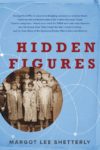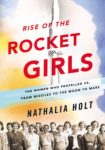Learning To Learn
Monday, May 15th, 2017
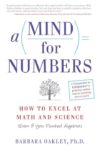 Professor and author Barbara Oakley gets a double lift from The Wall Street Journal. An article titled “How a Polymath Mastered Math – and So Can You,” explores how Oakley, after flunking math through grade school, taught herself to master the subject, eventually earning a degree in electrical engineering. Now a professor of engineering at Oakland University in Michigan, she teaches what the paper says is the “world’s most popular MOOC” the massive open online course “Learning How to Learn.”
Professor and author Barbara Oakley gets a double lift from The Wall Street Journal. An article titled “How a Polymath Mastered Math – and So Can You,” explores how Oakley, after flunking math through grade school, taught herself to master the subject, eventually earning a degree in electrical engineering. Now a professor of engineering at Oakland University in Michigan, she teaches what the paper says is the “world’s most popular MOOC” the massive open online course “Learning How to Learn.”
The article mentions two of her books. Her newest, Mindshift: Break Through Obstacles to Learning and Discover Your Hidden Potential (PRH/ TarcherPerigee; Penguin Audio/BOT; OverDrive Sample) and 2014’s A Mind for Numbers: How to Excel at Math and Science (Even If You Flunked Algebra) (also PRH/ TarcherPerigee; OverDrive Sample).
The books are rising on Amazon’s rankings as a result. Mindshift jumped from #643 to #32 and Numbers rose from #751 to #52.

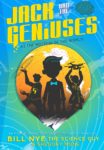
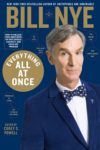
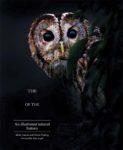
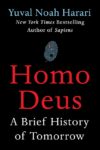
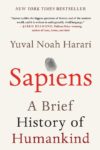

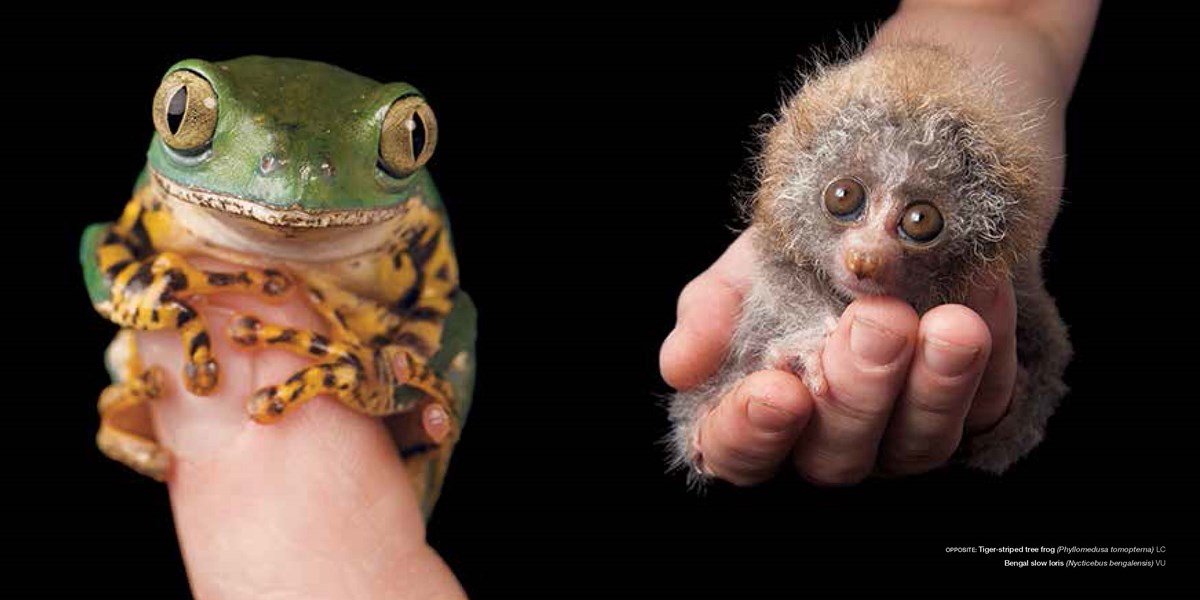

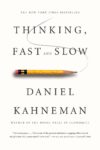





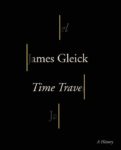
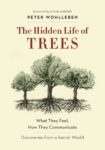
 I Contain Multitudes
I Contain Multitudes